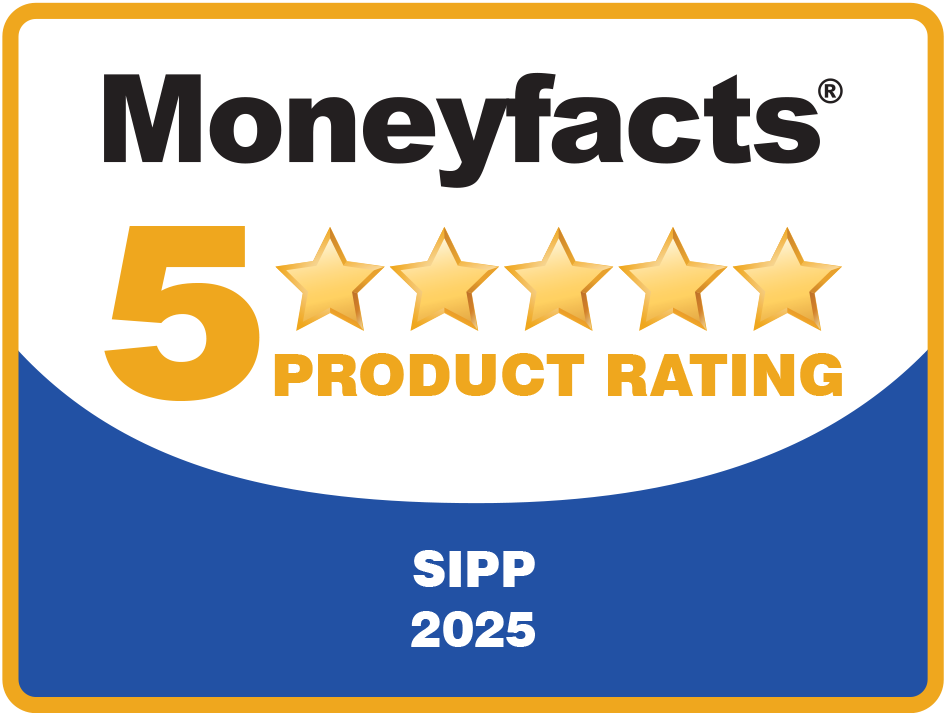10 common questions you ask us about paying SIPP death benefits, and some helpful answers
You recently read about the new allowances introduced in April 2024 that replaced the Lifetime Allowance (LTA). Here, we thought it would be worth revisiting a topic that our advisers often talk to us about: paying death benefits from a SIPP.
As a planner, talking to a client about what will happen with their wealth when they die is not always the easiest conversation. For many clients, this is simply not something they want to consider. Others feel that there are other priorities to plan for. Others may not care!
However, as a financial planner, this is an important consideration when helping clients achieve their goals. Pensions can play an important role in this planning, given their tax efficiency.
In recent times, the rules around the payment of death benefits from SIPPs have been fairly straightforward. While the changes from April 2024 will give rise to additional considerations in certain circumstances, there is still a wide range of planning opportunities for advisers and clients alike.
To help you, here are 10 important planning considerations around death benefits in SIPPs.
1. Broadly, what is the tax position on paying death benefits from SIPPs?
The general rule when it comes to paying death benefits from SIPPs is as follows:
- Where a client dies before the age of 75, the benefits can be paid to a beneficiary free from tax – subject to a test against the Lump Sum Death Benefit Allowance (LSDBA)
- Where a client dies over the age of 75, any distributions are paid to beneficiaries at the recipient’s marginal tax rate (except in specific circumstances including where this is paid to a charity).
It is important to note that the tax status above only applies where benefits are designated within two years of the date of death. This is the period when the Scheme trustees must formally decide who benefits will be paid to, even if the distribution is yet to be made.
2. Who decides where the benefits are paid?
As suggested above, it is the trustees of the Scheme who ultimately make the financial decision as to where benefits are paid. For our SIPP, this is IPM.
However, the reality is that we will always look for direction as to who should receive benefits.
When setting up a SIPP, we ask all clients to complete a “nomination of beneficiaries” form. It’s crucial that clients complete this form and review it regularly, particularly if there has been a change in their circumstances.
If a client prefers, they can write to IPM giving us clear instructions as to how we should treat their SIPP in the event of their death.
Where possible, we always prefer that amounts left to nominated beneficiaries are done so on a percentage basis.
By nominating more than one beneficiary, this gives us more flexibility as to who we can consider when it comes to paying death benefits. This is because we know that it was an individual’s intention for us to consider all the beneficiaries.
3. How are death benefits taxed, and who pays this?
Where an individual dies before the age of 75 there is generally no tax to pay subject to a test against the LSDBA (more on this below).
This even applies should the nominated beneficiary elect not to take benefits they are entitled to immediately after these have been designated for their benefit. These can remain in a SIPP structure for future distribution.
Where an individual dies after the age of 75, any distributions from the SIPP are taxed at the recipient’s marginal rate. The tax is payable by the recipient.
4. What is the Lump Sum Death Benefit Allowance and how this does this impact the payment of death benefits?
The Lump Sum Death Benefit Allowance (LSDBA) was introduced on 6 April 2024 as part of the rules replacing the Lifetime Allowance (LTA).
It applies to lump sums when an individual dies before the age of 75 (as opposed to income) that are paid as part of the distribution of death benefits. It is effectively an upper limit on the amount of benefits that can be paid out as a tax-free lump sum in the event of death.
The LSDBA is currently set at £1,073,100, unless the deceased had any form of LTA protection in place.
The approach is broadly the same as that of the LTA – namely that you are testing an individual’s total pension benefits against an upper limit. This includes any previous benefits drawn as lump sums during an individual’s lifetime.
There are two key differences:
- We are now using defined monetary amounts instead of percentages as the method of testing.
- Any LTA previously used during the individual’s lifetime need to be taken into consideration. These useful case studies can help.
Note that where an individual dies after the age of 75, any benefits paid are subject to Income Tax in the hands of the recipient, so there is no test against the LSDBA.
5. Can we check who has previously been nominated as a beneficiary in the event of death?
Yes. Either the appointed adviser or the client can contact IPM in the usual way and we will provide a copy of the latest nomination.
6. Can a client amend a death benefit nomination?
An individual can amend their death benefit nomination at any time by completing a new death benefit nomination form, available on our website.
7. Are benefits held within a SIPP part of an estate for Inheritance Tax purposes?
IPM are a trustee of an individual’s pension benefits on their behalf. So, they fall outside of their estate for Inheritance Tax purposes.
It is for this reason that an individual cannot tell IPM where they would like to pay death benefits. Instead, this is a decision made by IPM in our role as trustee while considering individuals’ nominations.
8. What options does a nominated beneficiary have in respect of the benefits they are due to receive?
In general, the options available to nominated beneficiaries are:
- Retain benefits within a SIPP where they are the designated beneficiary
- Take the benefits as a death benefit lump sum and pay any associated tax due
- A combination of the above two options.
Everyone’s circumstances are unique. So, no two scenarios are the same when it comes to paying death benefits.
Factors that can impact the decision as to how benefits are paid can include:
- The age of the nominated beneficiaries
- The assets held within a SIPP (for example if a commercial property is the main asset, it is not going to be as simple to sell part of this)
- The financial circumstances of the nominated beneficiary.
There have been scenarios where we have paid significant, six-figure value SIPPs to a nominated beneficiary as a tax-free lump sum death benefit, where an individual has passed away before the age of 75.
We have also seen scenarios where individuals have nominated their children who are under the age of 18. They place benefits into IPM SIPPs on the child’s behalf.
Other beneficiaries have elected to take smaller lump sums for things such as weddings, while they retain most of the benefits in the SIPP that we continue to manage.
Beneficiaries can also transfer any benefits held by IPM on their behalf to alternative pension arrangements that they may have elsewhere, where this is possible.
Read some useful case studies for more guidance concerning how death benefits are paid.
9. A nominated beneficiary wishes to retain their benefits within an IPM SIPP. What do they need to do?
As considered above, there may be a variety of reasons why a nominated beneficiary may select this route. For example, they may wish to retain the asset held in the deceased’s SIPP as a planning exercise to ensure that any benefits distributed are done so tax-efficiently over some time.
IPM has specific paperwork that a nominated beneficiary should complete if they wish to create their own arrangement with us to have death benefits paid into. This differs from the one available on our website.
Please contact us to find out more.
10. Can a nominated beneficiary forego their entitlement to death benefits?
This is a question advisers, planners, and clients often ask us. It is usually in the context of where an individual has died and left benefits to their grown-up son or daughter.
Clients ask us whether the child must be the beneficiary, or whether the benefits can be passed on to their children (that is, the deceased’s grandchildren).
Returning to the first question: IPM as trustee has ultimate discretion as to where benefits are paid. However, we do look to an individual’s nomination as to who benefits should be paid to in the event of death.
This is why an individual needs to nominate everyone they would like IPM to consider.
Considering the above scenario – if the individual who had died had included their grandchildren on their nomination form (even if this was 1% each) IPM can consider the son or daughter’s request. We can then pay the benefits that the deceased had indicated to them, to the grandchildren.
Get in touch
If you have any questions about paying SIPP death benefits, or you’d like to explore how we can help your clients with their retirement plans, please contact us.
Email info@ipm-pensions.co.uk or call 01438 747151.



